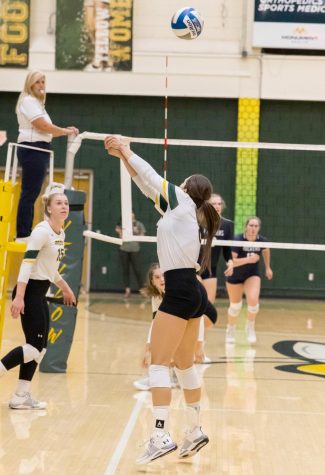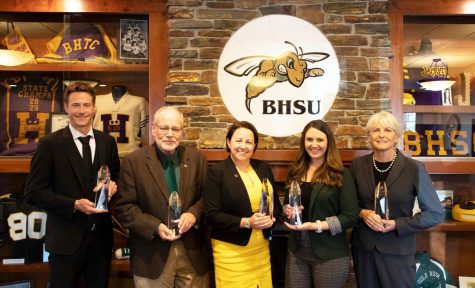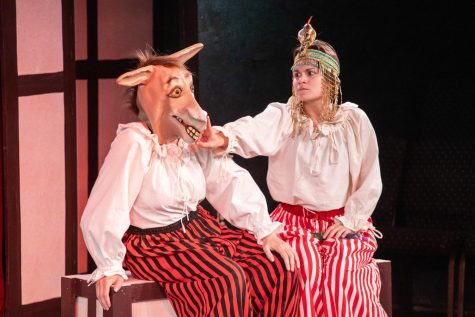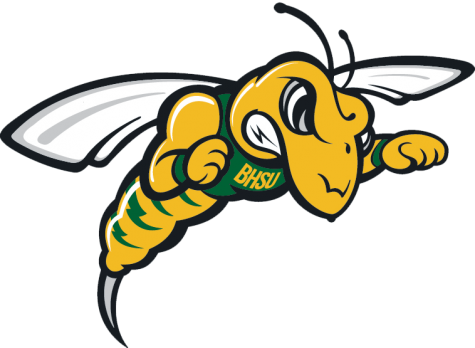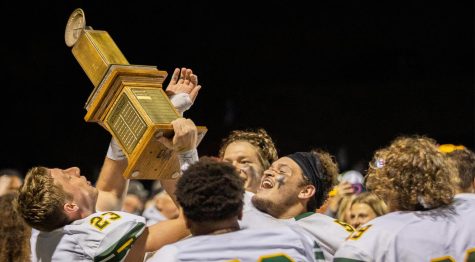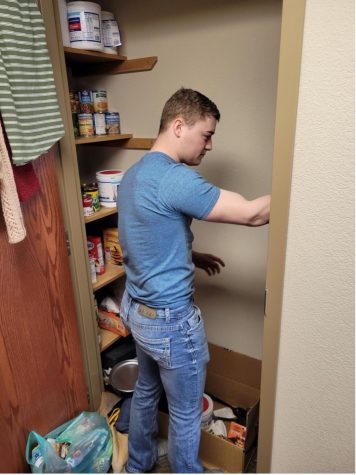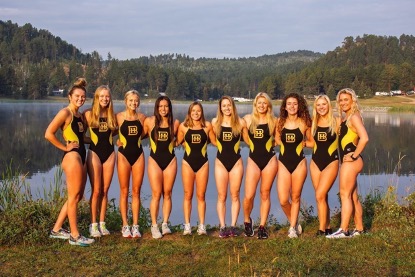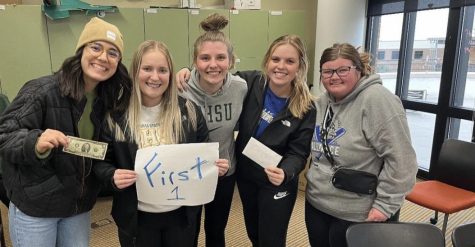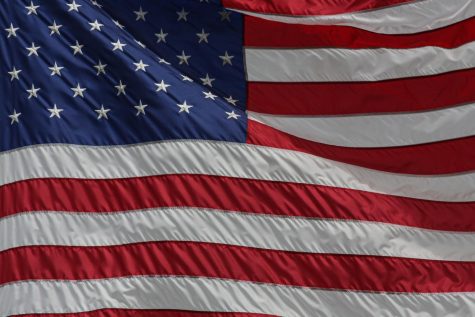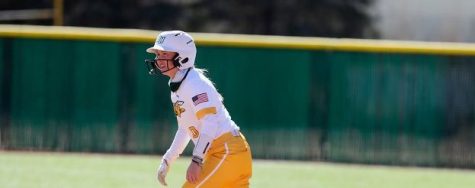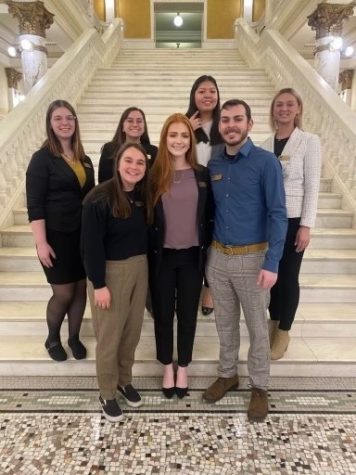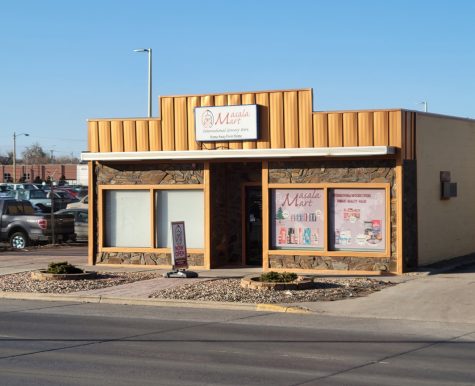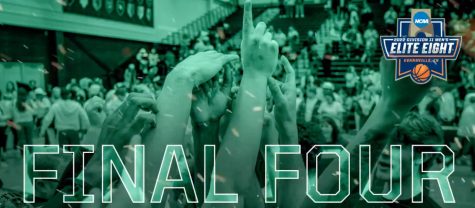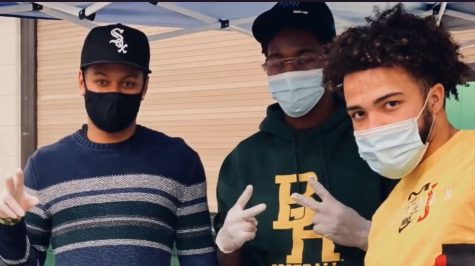The Center for American Indian Studies: “A wealth of information”
Tucked away near the back entrance doors of Jonas Academic Hall on the campus of Black Hills State University is a center with a storehouse of information available to all students. Yes, all students. The Center for American Indian Studies, unlike many misconceptions generated by the name, is an available space for all students looking for a place to study, a resource location for tutors, and an area available for mentorship programs.
Dr. Urla Marcus, the director of the Center, has been involved with the Center for nine years and has been the director for five years. She gave a brief snapshot of the history of the organization: “(To be recognized by the state), the Center was legislatively mandated, along with the University of South Dakota’s American Indian Studies program, to have a space on our campus because of the high population of American Indian students that have been enrolling and graduating from BH. This happened in the early 1970s. The space is to support the American Indian students who come onto campus, whether it be academically, socially, personally, emotionally, and spiritually, so our students can be successful.”
The Center houses the American Indian Studies major and minor, and it is also a place for services for the students who wish to be involved with the Center. There are about 240 American Indian students enrolled at Black Hills State University, which is the highest percentage of American Indian students at any South Dakota public institution. Of those, between 50 and 60 students use the Center and its resources. The space is used not only by American Indian Studies students and American Indian students, but also “non-Native students who come in and study in that space, as well, so it’s not exclusive to American Indian students,” according to Marcus.
From an academic perspective, there are more non-Native students who are majoring in American Indian Studies than Native students, according to Marcus. Those students use the space as a resource center for books, film, and the like. The Center also provides various academic services, as well. A college access grant allowed the Center to provide first-year, on-campus students with a more in-depth orientation, called the Bridge Program. “They come in a week early and we show them around, just so they can get acclimated with the campus, but also to start building that community on campus with other Native students and with the faculty and staff,” stated Marcus. About 30 students participated in the Bridge Program this year, according to Rosie Sprague, the assistant director of the Center. The Center also offers class registration advising, printers, and various tutors through the Math Assistance Center and the Writing Assistance Center. A college book loan program is also offered, where students can borrow books if they are available.
Tavis Burbank, a freshman studying physical therapy from White River, S.D., said that he uses the Center for it’s academic functions. “Rosie contacted me and informed me about all of the advantages that are provided for us. They help us get books, do homework, get registered for classes. Wherever we’re struggling, they help us. We always know that they’ll be here for us.” Burbank finds the Center as a helpful place to study and get information.
His favorite thing about the Center is the general help they provide. “Most freshmen are confused and lost because they don’t know what they’re doing sometimes and are sometime irresponsible. (The Center) makes sure I get things handed in on time and meet deadlines,” Burbank said.
There are two student organizations that branch out of the Center. Lakota Omniciye, translated as “a gathering or assembly”, is known as Lakota-O to students around campus. They organize and fund raise for the annual Cultural Awareness Week on campus and put together the Wacipi, or pow-wow, that’s held in the Young Center every spring, which is one of the largest pow-wows in the state. According to Marcus, over $24,000 needs to be raised every year to put on the Wacipi, most of which is done by students. The other student organization is the American Indian Science and Engineering Society, or AISES, which is a resource organization for any American Indian student looking at going into the sciences or engineering, per the Center’s webpage.
The Center also serves as a mass information center for the community as well. “Of course, we offer the American Indian Studies major and minor, and we’re working on an American Indian Studies master’s degree as well in a few years. There’s a wealth of information we have here at the Center, and it’s readily available,” said Sprague.
However, the Center is more than just an academic resource. One common theme throughout is a sense of community. A mentorship program is available, where upperclassmen in the Center are paired with a freshmen to go out and get coffee or participate in various activities together. One of the big things the Center does is group events. The types of events vary on the time of year. “We go to some of our spiritual locations like Bear Butte, Devil’s Tower, and Harney Peak in the spring. We meet up as a group and go to football games or basketball games. In the past, we’ve gone to movies, had a game night and movie night – events like that,” Marcus said. The community aspect permeates throughout the Center and even into the university as a whole. Faculty and staff completely unconnected to the American Indian Studies program will stop into the Center to check in on students and just see how everything is going.
“Not all of our students come from reservation communities. We have students who come from Minneapolis, Bismark, Rapid City, but they’re coming from a real strong sense of community and family structure. When they come here, they’re breaking away from that, and we don’t want them to feel that isolation or that they broke away from family. We try to provide that sense of community here so we can really depend on each other,” Marcus explained about the strong community aspect of the Center. “We’re really proud of the fact that we all come from the same background. I was born and raised on a reservation in eastern Montana. (Sprague) is from the Standing Rock Reservation, so we’re coming from those same communities and having those same experiences so we can work with any of those barriers that come up. We are all in this together.”
The Center for American Indian Studies is much more than a place to house academics. It’s a space of knowledge, learning, growing, and unifying students of all cultures and backgrounds. The Center is officially located in Jonas Hall, Room 101, and is open Monday-Friday.


